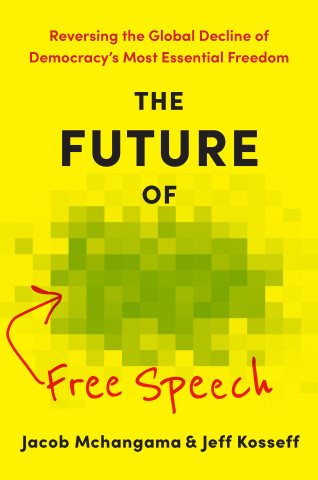
Reviews
East Asia and the Global Economy... is an interesting book and would be useful in both advanced undergraduate and postgraduate courses focused on economic development in general or on the East Asian region, in particular.
On the whole, this book offers an interesting discussion of an important aspect of Japan's economic success in the postwar years and helps increase our understanding of Japan's economic ascent in the postwar years.
Bunker and Ciccantell offer a distinct and original explanation for Japanese growth based on how states, sectors, and firms collaborated to restructure raw material procurement and global transportation. An intellectual tour de force.
Book Details
Preface, by Paul S. Ciccantell
1. Growth and Crisis in the Japanese Economy
2. Economic Ascent and Hegemony in the Capitalist World-Economy
3. The MIDAs-Steel-Ships Nexus
4. Creating Japan's Coal
Preface, by Paul S. Ciccantell
1. Growth and Crisis in the Japanese Economy
2. Economic Ascent and Hegemony in the Capitalist World-Economy
3. The MIDAs-Steel-Ships Nexus
4. Creating Japan's Coal-Exporting Peripheries
5. Replicating Japan's New Model in Iron Ore
6. Transporting Coal and Iron Ore
7. The Restructuring of Global Markets and the Futureof the Capitalist World-Economy
References
Index





